Home>Home Appliances>Lighting Appliances>How To Connect LED Strips Together Without Connectors
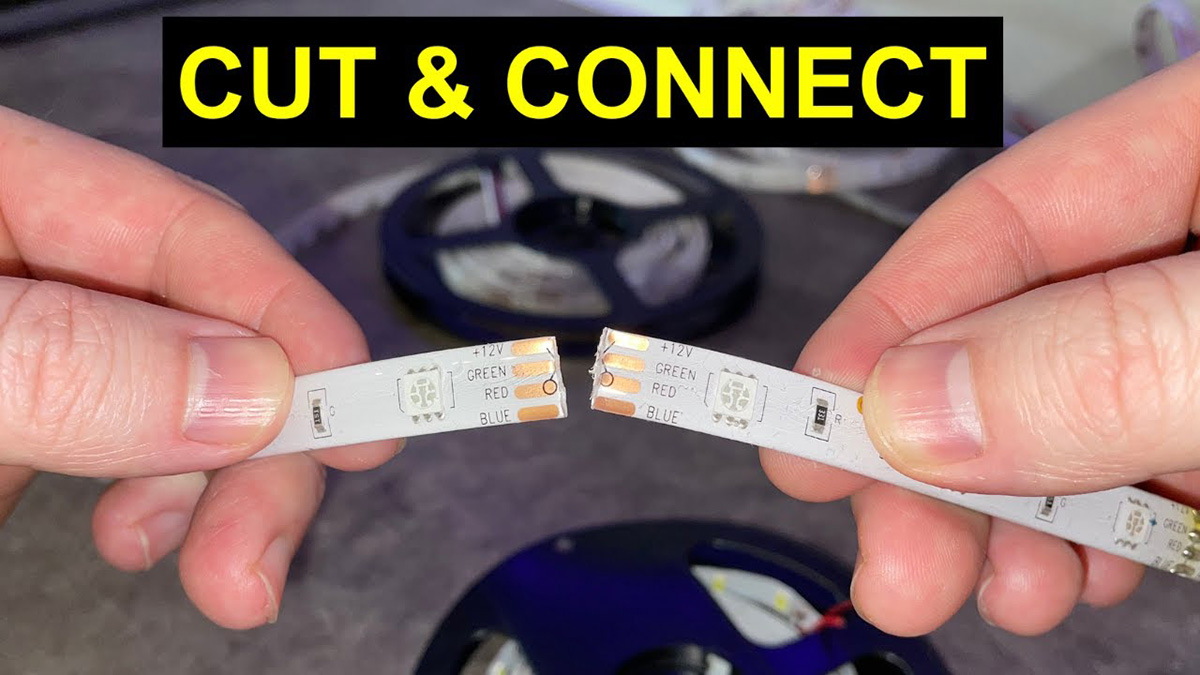

Lighting Appliances
How To Connect LED Strips Together Without Connectors
Modified: May 6, 2024
Learn how to connect LED strips without connectors for your lighting appliances. Follow our step-by-step guide for a seamless setup.
(Many of the links in this article redirect to a specific reviewed product. Your purchase of these products through affiliate links helps to generate commission for Storables.com, at no extra cost. Learn more)
Introduction
In the realm of lighting design, LED strips have emerged as a versatile and popular choice for adding ambiance, accentuating architectural features, and illuminating spaces with a captivating glow. These flexible, adhesive-backed strips are renowned for their energy efficiency, vibrant colors, and ease of installation, making them a go-to option for both professional designers and DIY enthusiasts.
The process of connecting LED strips without the use of connectors may seem daunting at first, especially for those new to the world of lighting applications. However, with the right techniques and a bit of guidance, it is entirely feasible to link LED strips seamlessly, ensuring a continuous and uniform illumination effect. This article delves into the various methods for connecting LED strips without connectors, providing valuable insights and practical tips for achieving a professional-quality result.
Understanding the intricacies of LED strips, including their components, electrical specifications, and installation requirements, is fundamental to mastering the art of seamless connection. By exploring the inner workings of these innovative lighting solutions, we can gain a deeper appreciation for their versatility and the myriad possibilities they offer in enhancing interior and exterior spaces.
Join us as we embark on a journey through the world of LED strips, unraveling the techniques for connecting them without connectors and empowering you to unleash your creativity in illuminating your surroundings. Whether you are a seasoned lighting professional or a passionate DIY enthusiast, this guide is designed to equip you with the knowledge and confidence to tackle LED strip connections with ease and finesse. Let's illuminate the path ahead and discover the art of connecting LED strips without connectors.
Key Takeaways:
- Connecting LED strips without connectors is possible using methods like soldering, wire nuts, and conductive tape. Each method offers unique advantages, empowering DIY enthusiasts and professionals to create seamless lighting installations with ease.
- LED strips, with their vibrant colors and energy efficiency, offer endless possibilities for illuminating spaces. By mastering connector-free connection methods, individuals can unleash their creativity and bring captivating lighting designs to life.
Read more: How To Connect Merkury LED Strips Together
Understanding LED Strips
LED strips, also known as LED tape or ribbon lights, are a revolutionary lighting solution that has transformed the way we illuminate and decorate various spaces. These flexible strips consist of small light-emitting diodes (LEDs) mounted on a narrow, flexible circuit board, which is typically coated with a protective layer of silicone for durability and weather resistance. LED strips are available in a spectrum of colors, including vibrant RGB (red, green, blue) options, as well as single-color and tunable white variations, allowing for customizable and dynamic lighting effects.
One of the key elements of LED strips is the individual LED chips, which emit light when an electrical current passes through them. These chips are arranged in a continuous series along the length of the strip, enabling uniform illumination across the entire span. The flexibility of LED strips enables them to conform to various shapes and contours, making them suitable for both linear and curved installations.
LED strips are designed to operate at low voltages, typically 12 volts or 24 volts, making them safe and energy-efficient. They also offer a long lifespan, often exceeding 50,000 hours of continuous operation, which translates to years of maintenance-free illumination. Additionally, advancements in LED technology have led to the development of high-density strips with a greater number of LEDs per meter, resulting in enhanced brightness and color saturation.
When it comes to installation, LED strips are remarkably versatile, thanks to their self-adhesive backing, which simplifies mounting on various surfaces, such as cabinets, shelves, coves, and architectural features. Furthermore, LED strips can be cut at designated intervals, allowing for precise customization to fit specific lengths and configurations.
Understanding the technical specifications of LED strips, including voltage requirements, power consumption, color rendering index (CRI), and IP (Ingress Protection) ratings, is crucial for selecting the appropriate type of LED strip for a given application. Whether used for ambient lighting, accentuating architectural details, or creating captivating visual displays, LED strips offer a myriad of possibilities for enhancing residential, commercial, and hospitality environments.
By delving into the intricacies of LED strips, we gain a deeper appreciation for their versatility, efficiency, and aesthetic potential. Armed with this knowledge, we are better equipped to explore the methods for connecting LED strips without the use of connectors, unlocking new possibilities for seamless and visually stunning lighting installations.
Methods for Connecting LED Strips Without Connectors
Connecting LED strips without traditional connectors requires innovative techniques and a fundamental understanding of electrical connections. While connectors provide a convenient and reliable means of linking LED strips, there are instances where a connector-free approach is preferred, either due to specific design requirements or the unavailability of compatible connectors. Fortunately, several methods exist for achieving seamless connections between LED strips without the use of connectors, each offering its own advantages in terms of simplicity, flexibility, and durability.
Whether you are embarking on a DIY lighting project or seeking professional-grade solutions, exploring these methods can broaden your repertoire of lighting installation techniques and empower you to tackle diverse design challenges with confidence.
Let’s delve into three prominent methods for connecting LED strips without connectors, each presenting unique advantages and considerations:
- Method 1: Soldering
- Method 2: Using Wire Nuts
- Method 3: Using Conductive Tape
By familiarizing ourselves with these methods, we can gain insights into the practical aspects of connecting LED strips without traditional connectors, paving the way for versatile and customized lighting installations.
Whether you opt for the precision of soldering, the convenience of wire nuts, or the adaptability of conductive tape, each method offers a pathway to achieving seamless and reliable connections between LED strips, opening up a world of creative possibilities in lighting design and installation.
Now, let’s embark on a journey through each of these methods, unraveling the intricacies of their application and gaining a deeper understanding of the art of connecting LED strips without traditional connectors.
Method 1: Soldering
Soldering stands as a time-honored technique for creating strong and reliable electrical connections, making it a popular choice for linking LED strips without connectors. This method involves fusing the conductive pads of the LED strips with solder, a low-melting-point alloy, to establish a secure and enduring bond. While soldering necessitates a degree of precision and basic soldering skills, it offers a robust and permanent connection that withstands the rigors of long-term use.
To execute a successful soldered connection between LED strips, the following steps can be followed:
- Prepare the LED Strips: Begin by carefully trimming the LED strips to the desired length, ensuring that the cut is made at the designated soldering points, typically indicated by copper pads or solder pads.
- Tin the Pads: Apply a small amount of solder to the copper pads on the LED strips and the corresponding pads on the connecting strip, a process known as “tinning.” This pre-tinning of the pads facilitates the subsequent soldering process by ensuring better heat transfer and adhesion.
- Align and Secure the Strips: Position the stripped ends of the LED strips in close proximity, aligning the tinned pads for precise contact. Secure the strips in place using a helping hand tool or clamps to maintain stability during the soldering process.
- Solder the Connection: With the aid of a soldering iron, carefully heat the tinned pads, allowing the solder to melt and form a seamless bond between the conductive elements. Exercise caution to avoid overheating the pads or causing solder bridges, ensuring a clean and uniform connection.
- Inspect and Test: Once the soldered connection has cooled, inspect the joint for any signs of incomplete soldering or irregularities. Test the connection by applying power to the LED strips and verifying the continuity of illumination across the soldered juncture.
While soldering demands a degree of dexterity and access to soldering equipment, it offers unparalleled durability and electrical integrity, making it an ideal choice for permanent installations and applications where reliability is paramount. Additionally, soldered connections exhibit minimal profile, allowing for discreet integration within confined spaces or architectural details.
By mastering the art of soldering LED strips, enthusiasts and professionals alike can harness the enduring strength and seamless continuity offered by this time-tested method, opening up a world of possibilities for custom lighting installations without the constraints of traditional connectors.
You can connect LED strips together by soldering the positive (+) and negative (-) terminals of one strip to the next. Make sure to use the right gauge wire and insulate the connections properly.
Method 2: Using Wire Nuts
When it comes to connecting LED strips without traditional connectors, the utilization of wire nuts presents a practical and straightforward alternative. Wire nuts, also known as twist-on wire connectors, are commonly employed in electrical installations to join and insulate exposed conductors, making them a versatile solution for linking LED strips without the need for soldering or specialized tools.
The process of connecting LED strips using wire nuts involves the following steps:
- Prepare the LED Strips: Begin by trimming the LED strips to the desired length, ensuring that the cut is made at the designated connection points, typically located at the cut marks along the strip.
- Strip the Wires: Carefully strip the insulation from the end of each LED strip to expose the conductive pads or copper traces, providing a clean and accessible surface for the wire nut connection.
- Twist the Wires Together: Align the stripped ends of the LED strips, ensuring that the conductive pads are in direct contact. Twist the exposed conductors together, creating a secure and stable junction between the strips.
- Secure with Wire Nuts: Place an appropriately sized wire nut over the twisted conductors, ensuring that it encompasses the exposed portion of the wires. With a firm grip, twist the wire nut in a clockwise direction, effectively securing the conductors and insulating the connection against electrical hazards.
- Test the Connection: Once the wire nuts are in place, verify the integrity of the connection by gently tugging on the LED strips to ensure they are firmly joined. Additionally, apply power to the LED strips and confirm that the illumination is consistent across the connected sections.
Wire nuts offer a user-friendly and tool-free method for connecting LED strips, making them accessible to DIY enthusiasts and professionals seeking a quick and reliable solution for joining multiple segments of LED tape. The insulation provided by wire nuts ensures electrical safety and mitigates the risk of short circuits or exposed conductors, enhancing the overall reliability of the LED strip connection.
By embracing the simplicity and effectiveness of wire nuts, individuals can effortlessly link LED strips without the need for specialized equipment or intricate soldering techniques, streamlining the process of creating cohesive and uninterrupted lighting installations.
Read more: How Many LED Strips Can I Connect Together
Method 3: Using Conductive Tape
Utilizing conductive tape presents a versatile and non-invasive method for connecting LED strips without the use of traditional connectors. Conductive tape, often featuring a metallic adhesive backing, serves as a conduit for electrical current, enabling seamless connections between LED strips while offering flexibility and ease of installation.
The process of connecting LED strips using conductive tape involves the following steps:
- Prepare the LED Strips: Begin by trimming the LED strips to the desired length, ensuring that the cut is made at the designated connection points, typically located at the designated cut marks along the strip.
- Expose the Pads: Carefully remove the protective backing from the conductive pads or copper traces at the cut ends of the LED strips, exposing the conductive surfaces for direct contact with the conductive tape.
- Align and Apply Conductive Tape: Position the cut ends of the LED strips in close proximity, ensuring that the exposed pads are aligned for precise contact. Apply a length of conductive tape across the connection area, bridging the exposed pads and creating a continuous electrical pathway between the strips.
- Secure and Insulate: Press the conductive tape firmly onto the exposed pads, ensuring a secure and reliable connection. The conductive tape not only facilitates electrical continuity but also serves as an insulating barrier, safeguarding the connection against environmental factors and mechanical stress.
- Test the Connection: Once the conductive tape is in place, verify the integrity of the connection by applying power to the LED strips and confirming uniform illumination across the connected sections. Additionally, ensure that the conductive tape remains securely adhered to the LED strips.
Conductive tape offers a convenient and adaptable solution for connecting LED strips, particularly in applications where soldering or wire nuts may be impractical or aesthetically challenging. Its low-profile nature and ease of application make it well-suited for discreet installations and scenarios where minimal visual impact is desired.
By embracing the versatility and simplicity of conductive tape, individuals can seamlessly link LED strips without the need for specialized tools or complex wiring, streamlining the process of creating cohesive and uninterrupted lighting installations. This method empowers DIY enthusiasts and professionals to explore innovative approaches to LED strip connections, expanding the possibilities for captivating and seamless lighting designs.
Conclusion
As we conclude our exploration of connecting LED strips without connectors, we have unveiled a spectrum of innovative methods that empower lighting enthusiasts and professionals to achieve seamless and reliable connections between LED strips, transcending the constraints of traditional connectors. From the precision of soldering to the convenience of wire nuts and the adaptability of conductive tape, each method offers a unique approach to creating cohesive and uninterrupted lighting installations, fostering creativity and flexibility in lighting design.
By delving into the intricacies of LED strips and their versatile connection methods, we have gained a deeper understanding of the technical and practical aspects of illuminating spaces with captivating LED tape. The flexibility, energy efficiency, and vibrant color options of LED strips have solidified their position as a go-to lighting solution for a myriad of applications, from ambient illumination to accentuating architectural features and creating dynamic visual displays.
Through the art of soldering, individuals can harness enduring strength and electrical integrity, paving the way for permanent and reliable LED strip connections. The utilization of wire nuts offers a user-friendly and tool-free approach, simplifying the process of linking LED strips without compromising on reliability and safety. Meanwhile, the adaptability of conductive tape provides a non-invasive and low-profile solution, ideal for scenarios where discreet and seamless connections are paramount.
Whether embarking on DIY lighting projects or executing professional-grade installations, the methods explored in this guide offer a pathway to unlocking the full potential of LED strips, enabling individuals to create captivating lighting designs with precision and finesse. By mastering the art of connecting LED strips without traditional connectors, enthusiasts and professionals alike can unleash their creativity and bring illuminating visions to life, elevating interior and exterior spaces with captivating lightscapes.
As we look to the future of lighting design, the evolution of LED technology and innovative connection methods continue to expand the horizons of what is achievable, inviting individuals to push the boundaries of creativity and redefine the art of illumination. With a wealth of techniques at our disposal, we are poised to embark on a journey of discovery, transforming spaces into immersive and enchanting environments through the seamless integration of LED strips.
So, let us embrace the art of connecting LED strips without connectors, infusing spaces with brilliance and vibrancy, and illuminating the path ahead with creativity and innovation.
Just mastered connecting LED strips without connectors? Next up, learn how to properly handle their wiring for optimal performance and safety. Our guide on wiring LED strips offers clear, easy-to-follow instructions that'll help you light up any space like a pro. Whether you're enhancing your home or setting up a special project, these skills are invaluable. Don't miss out on this essential read!
Frequently Asked Questions about How To Connect LED Strips Together Without Connectors
Was this page helpful?
At Storables.com, we guarantee accurate and reliable information. Our content, validated by Expert Board Contributors, is crafted following stringent Editorial Policies. We're committed to providing you with well-researched, expert-backed insights for all your informational needs.
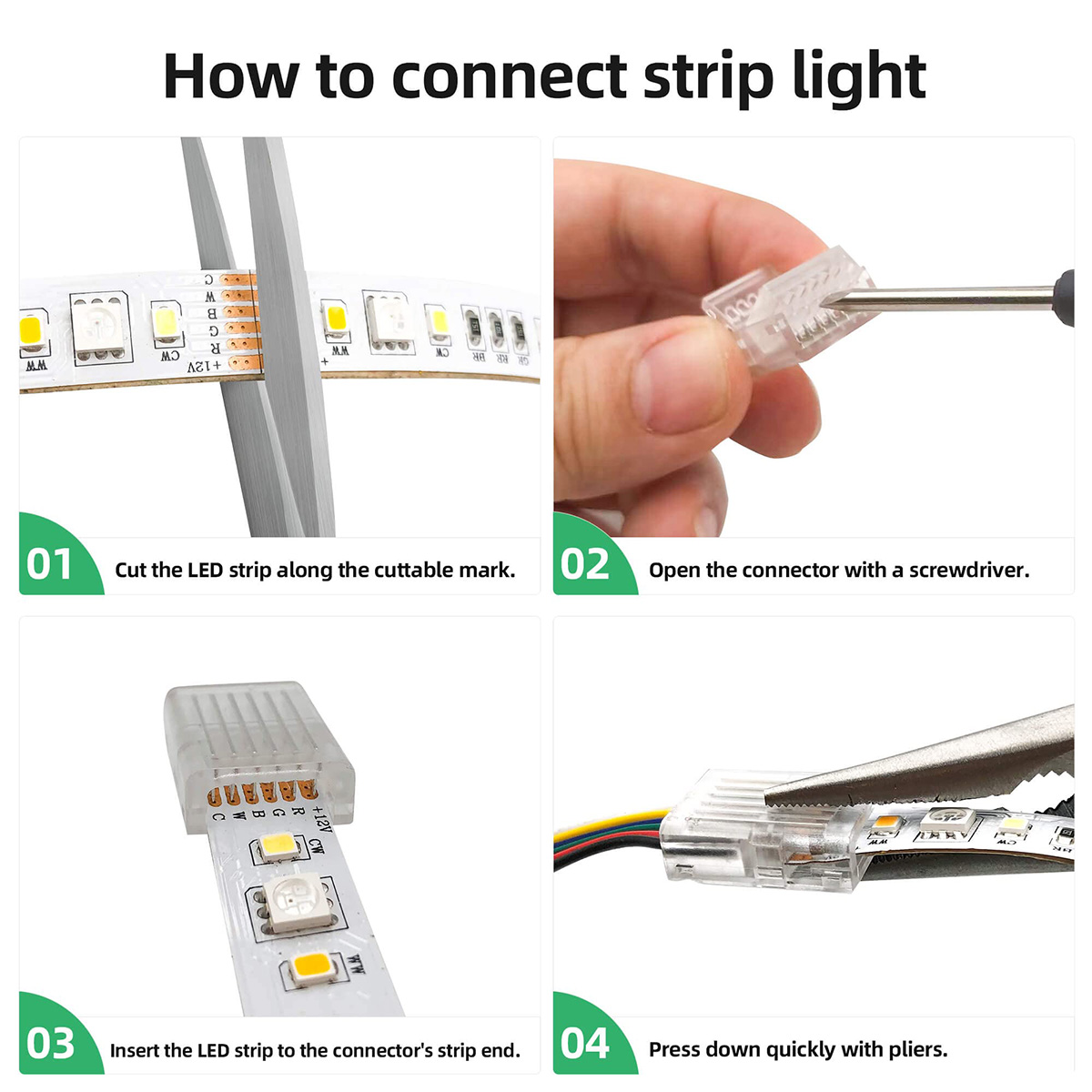
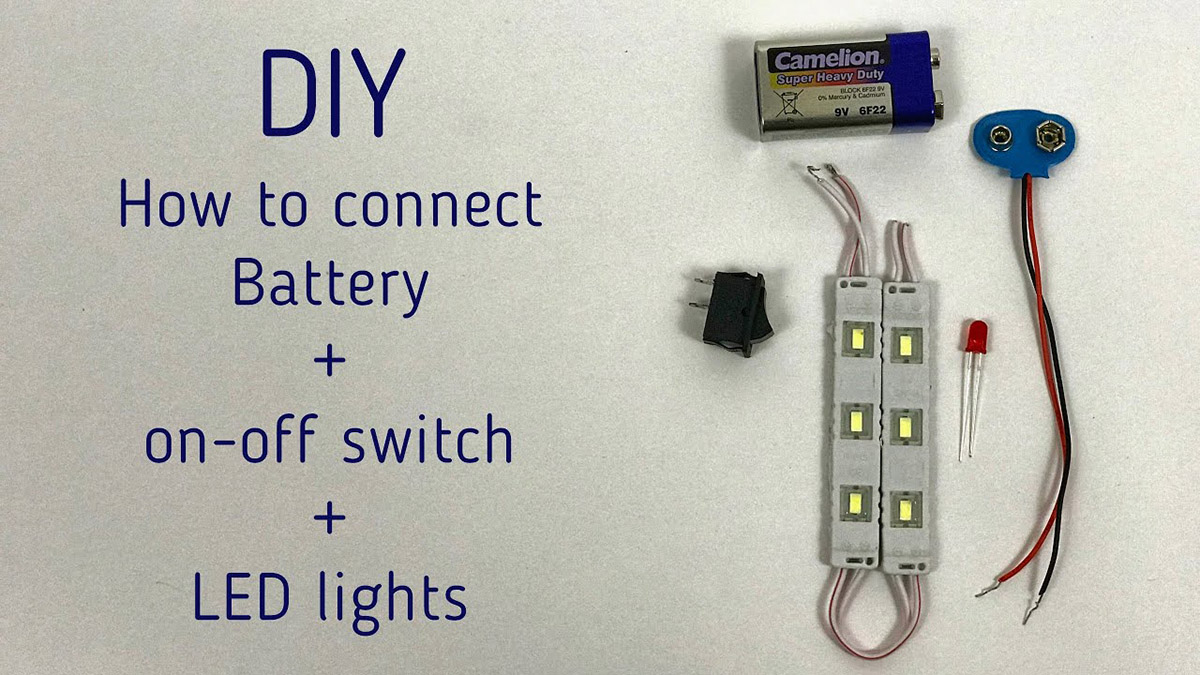
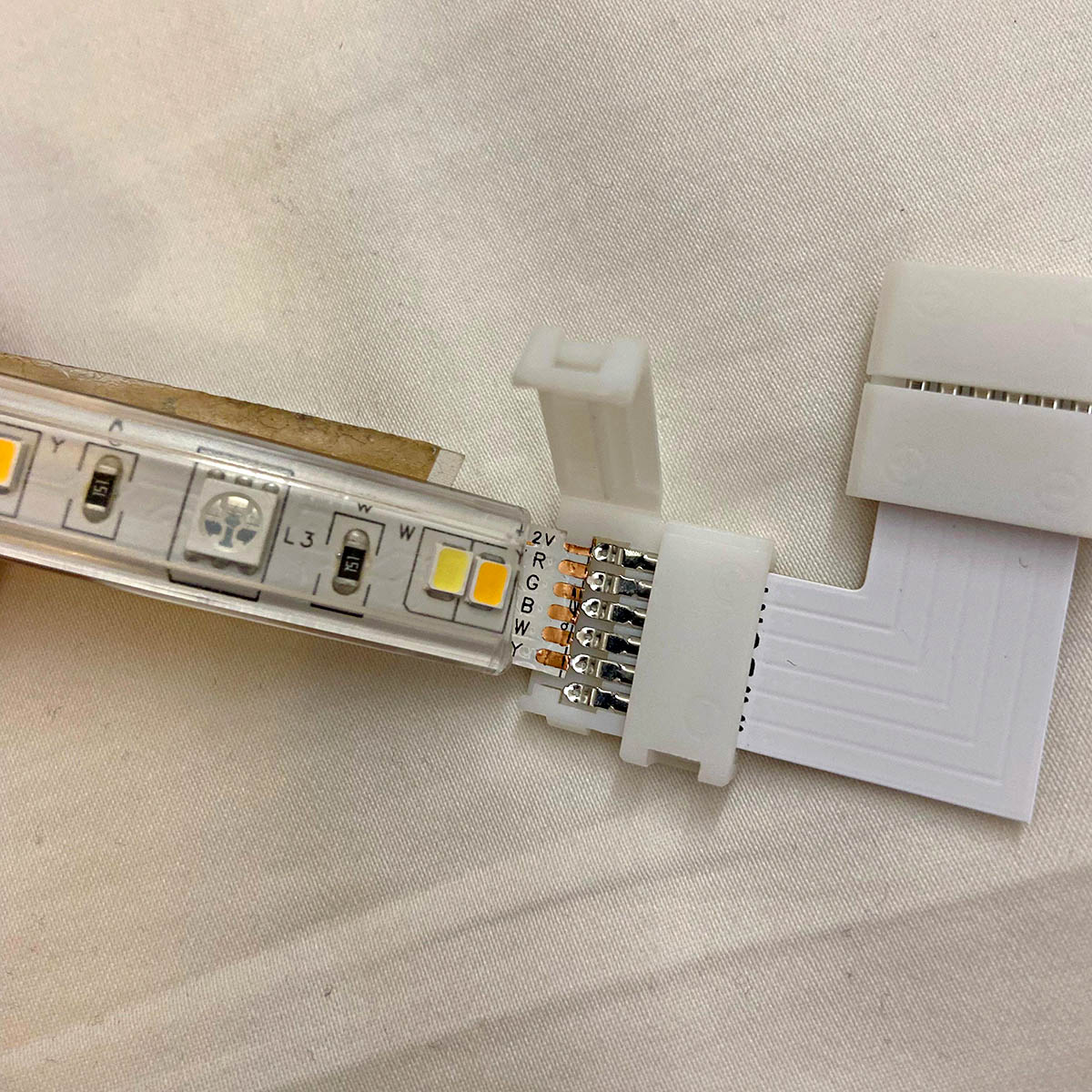
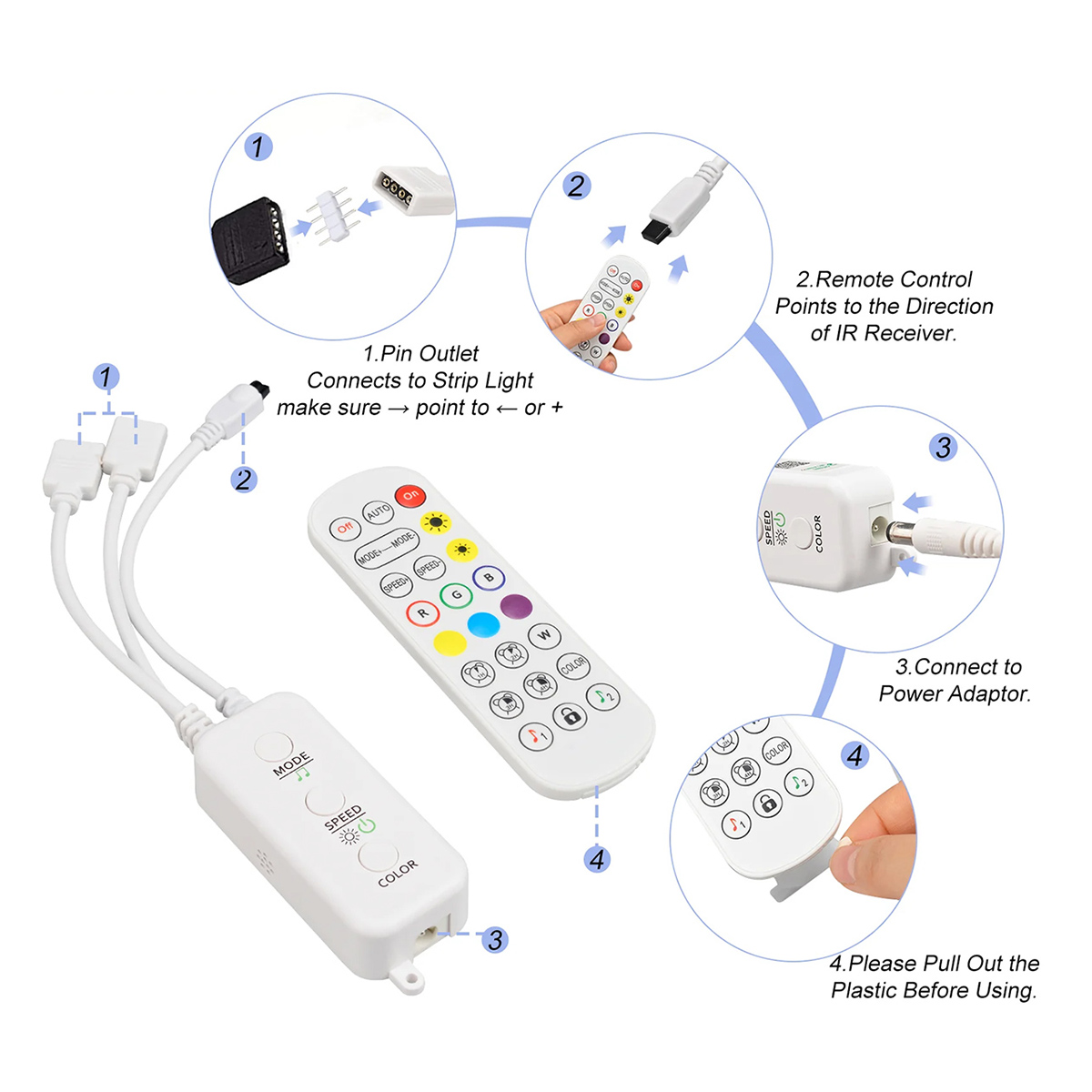
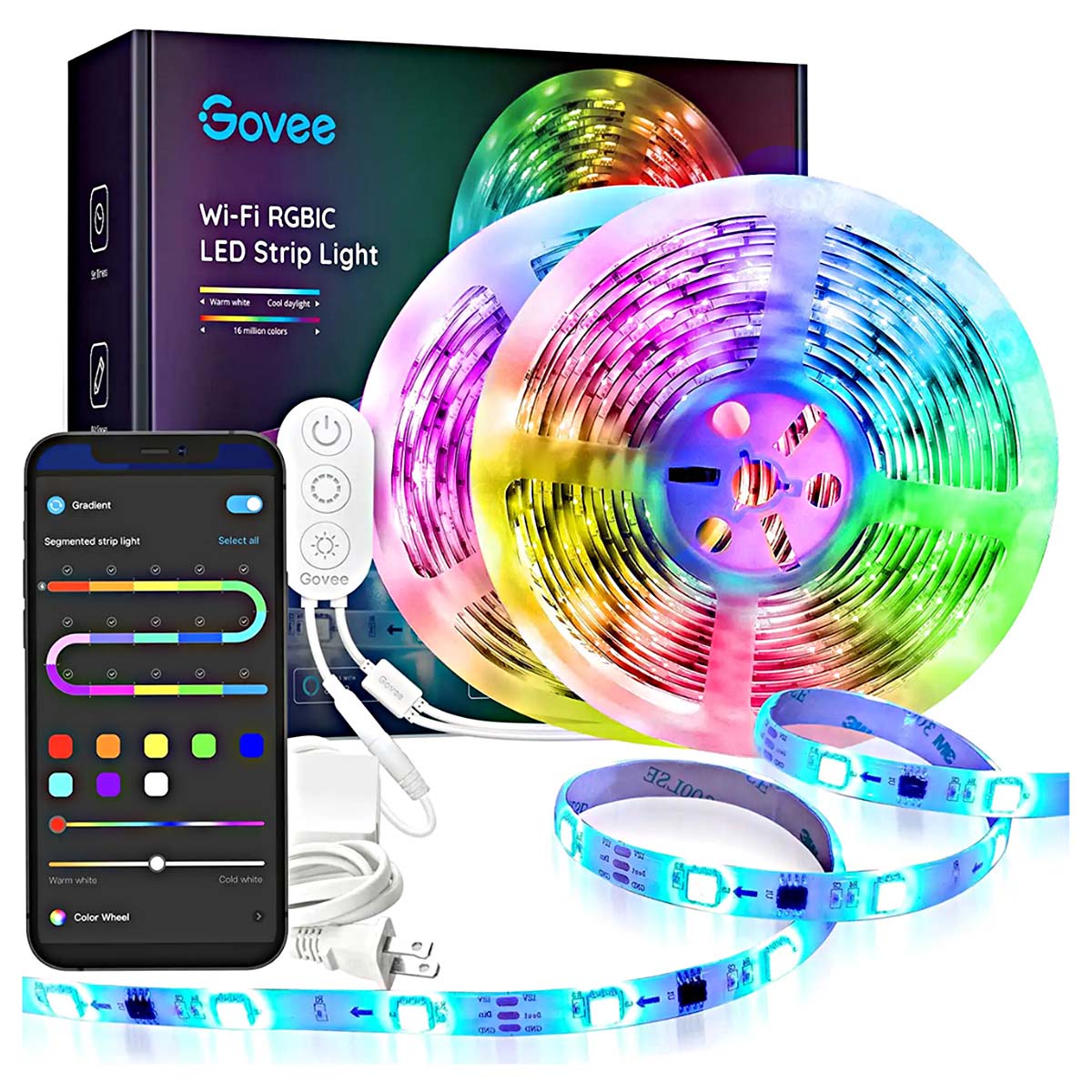
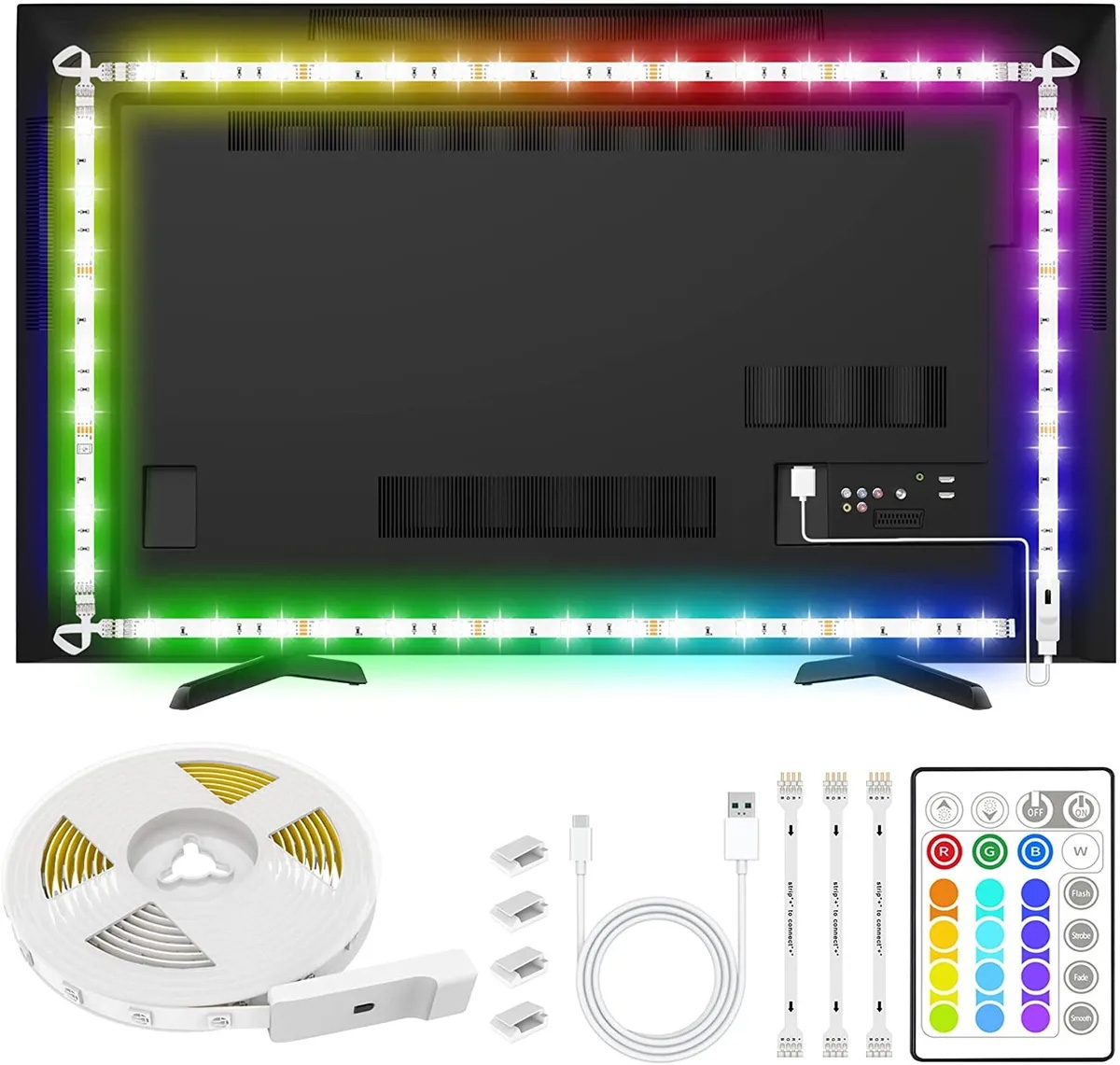
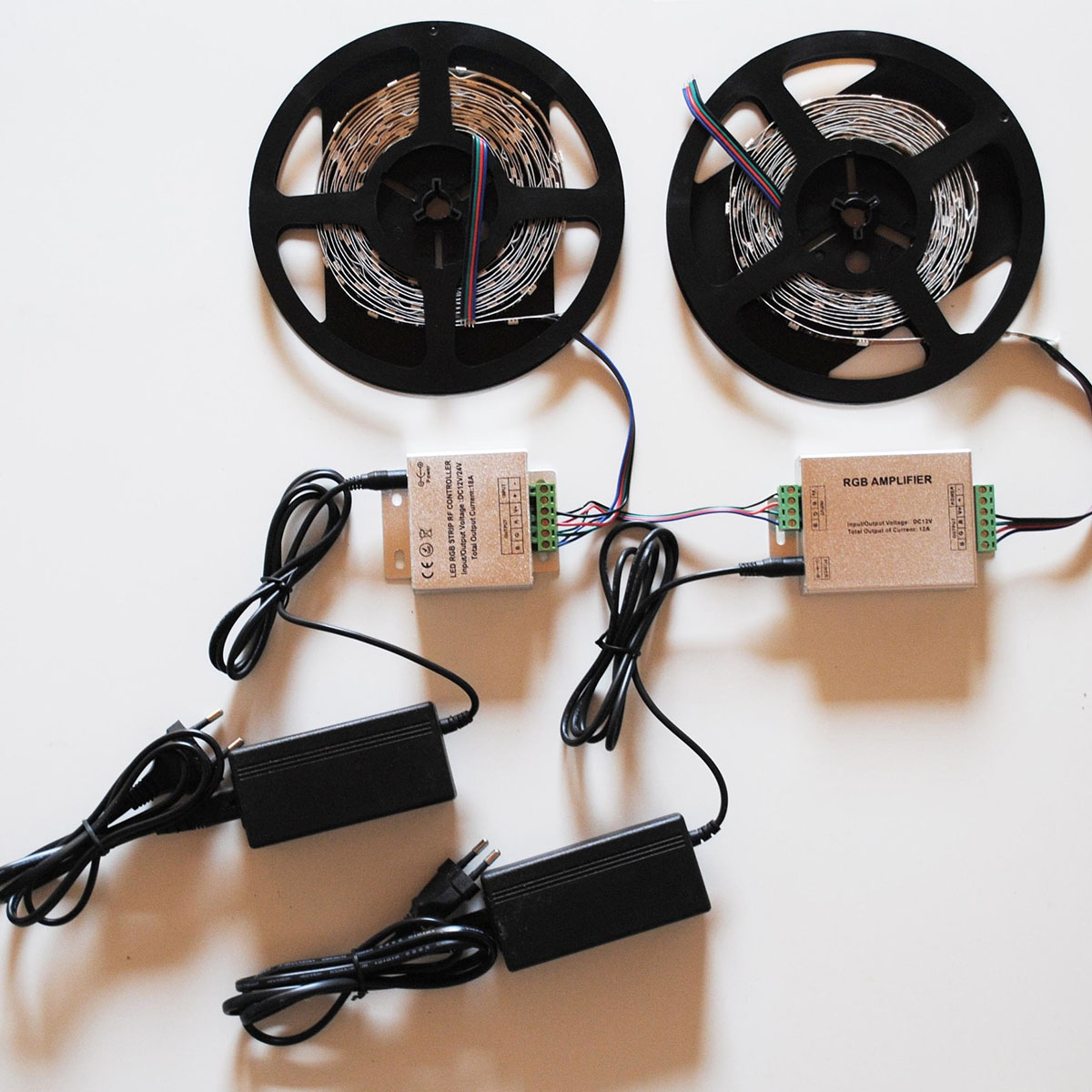
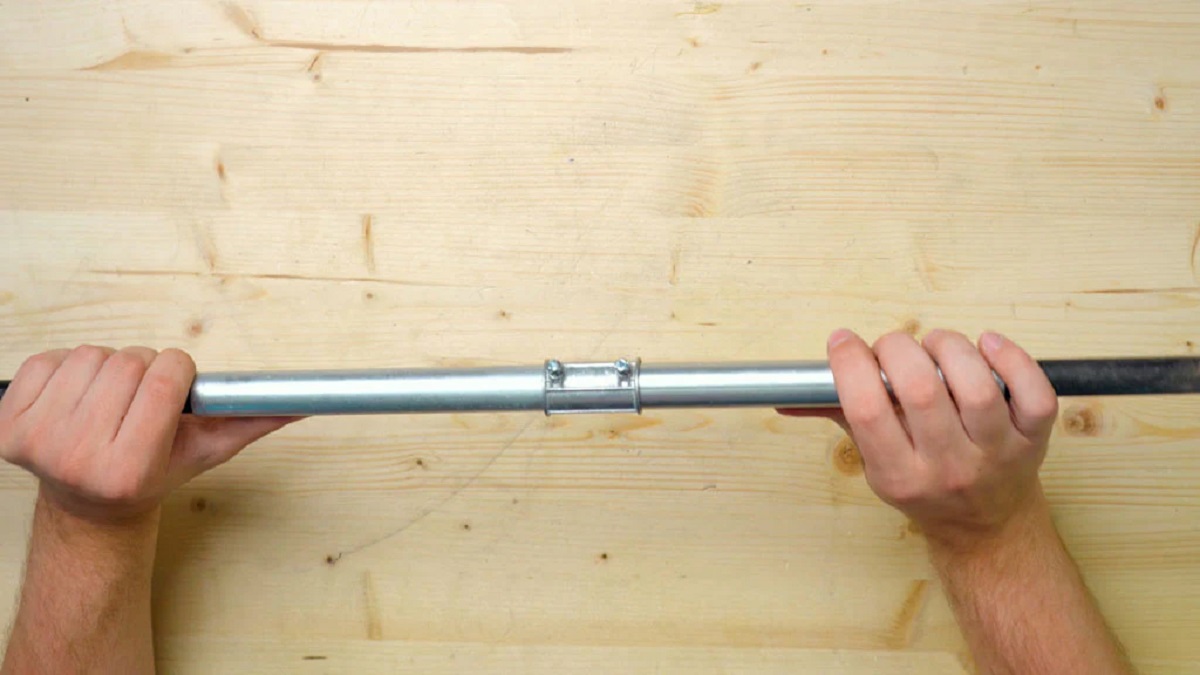
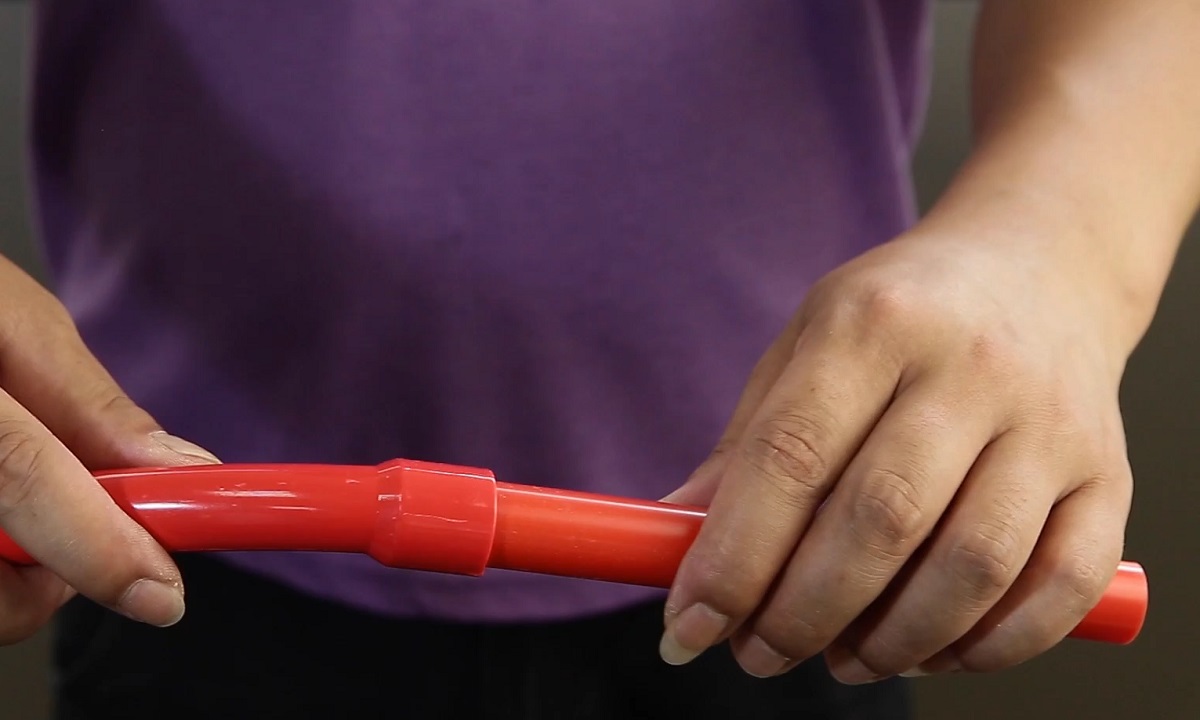
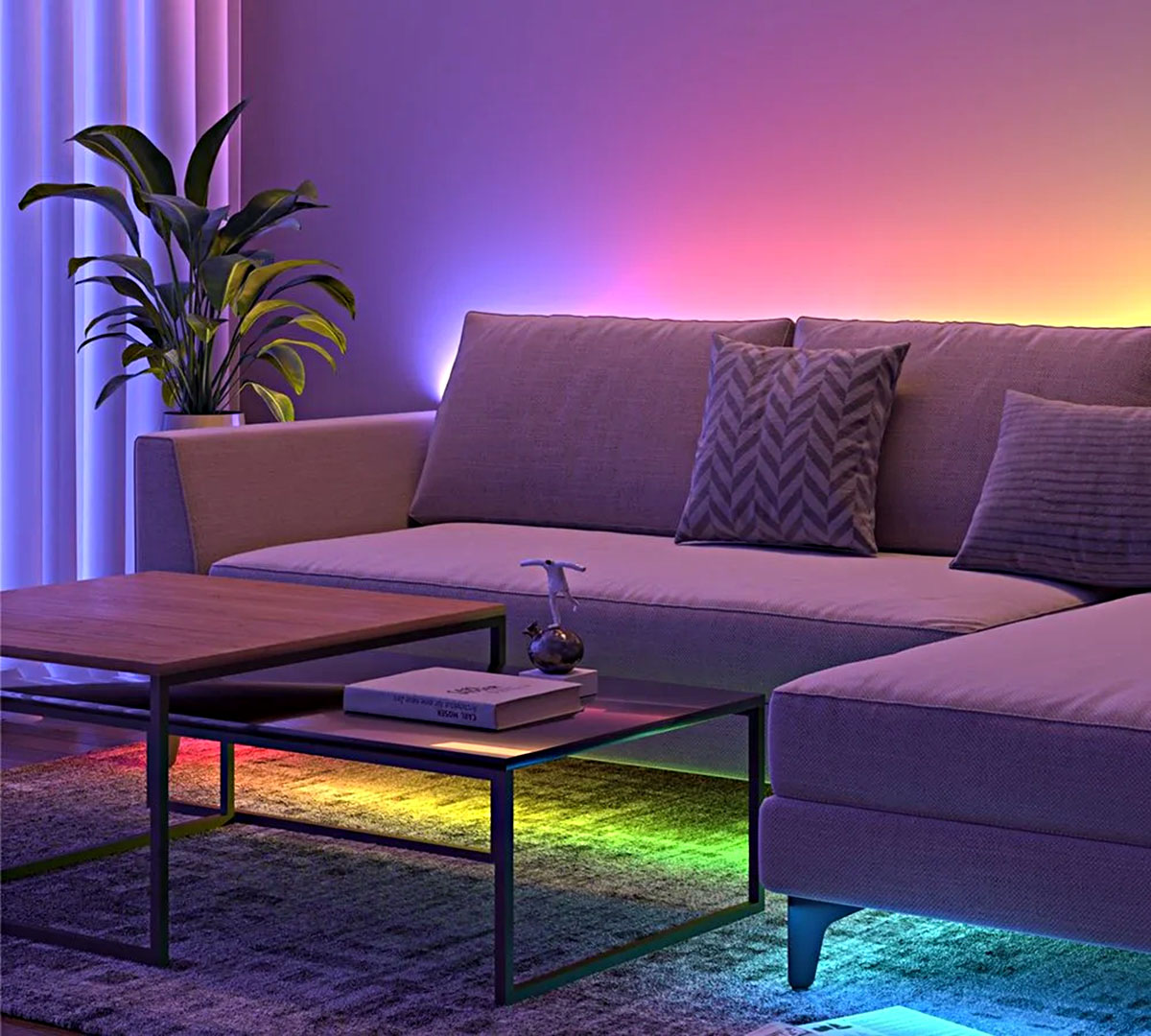
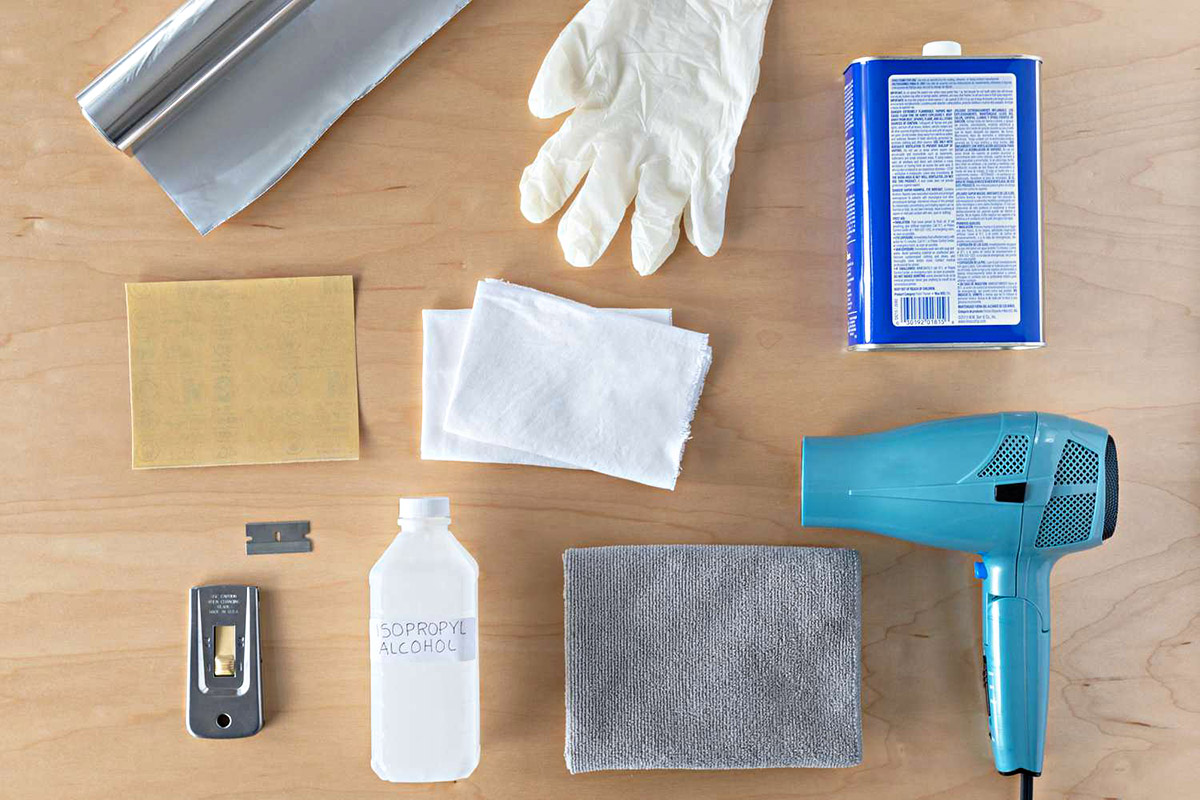
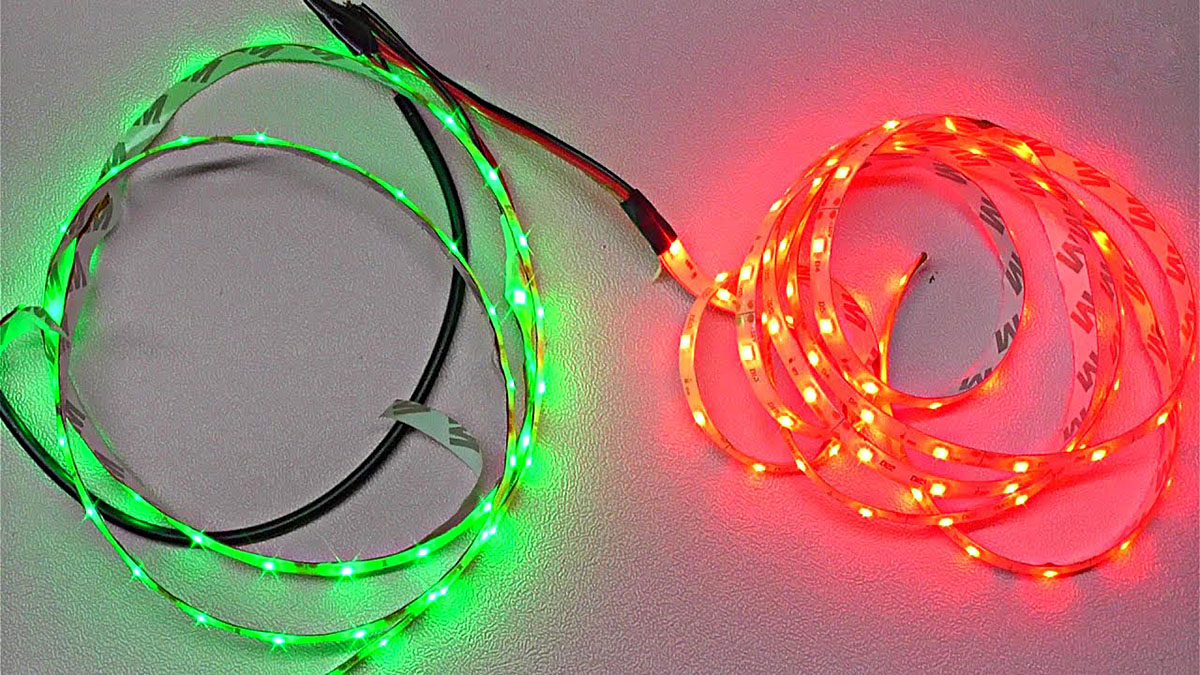
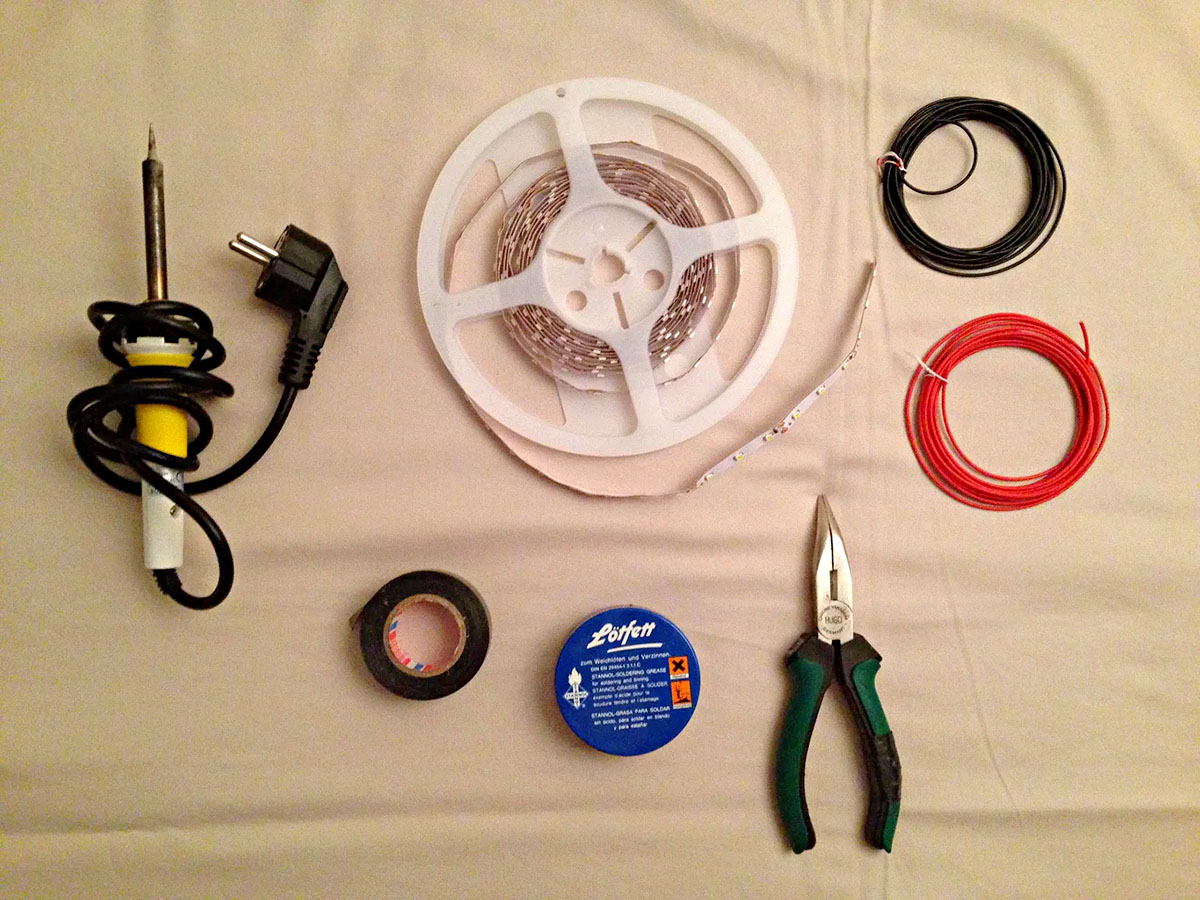
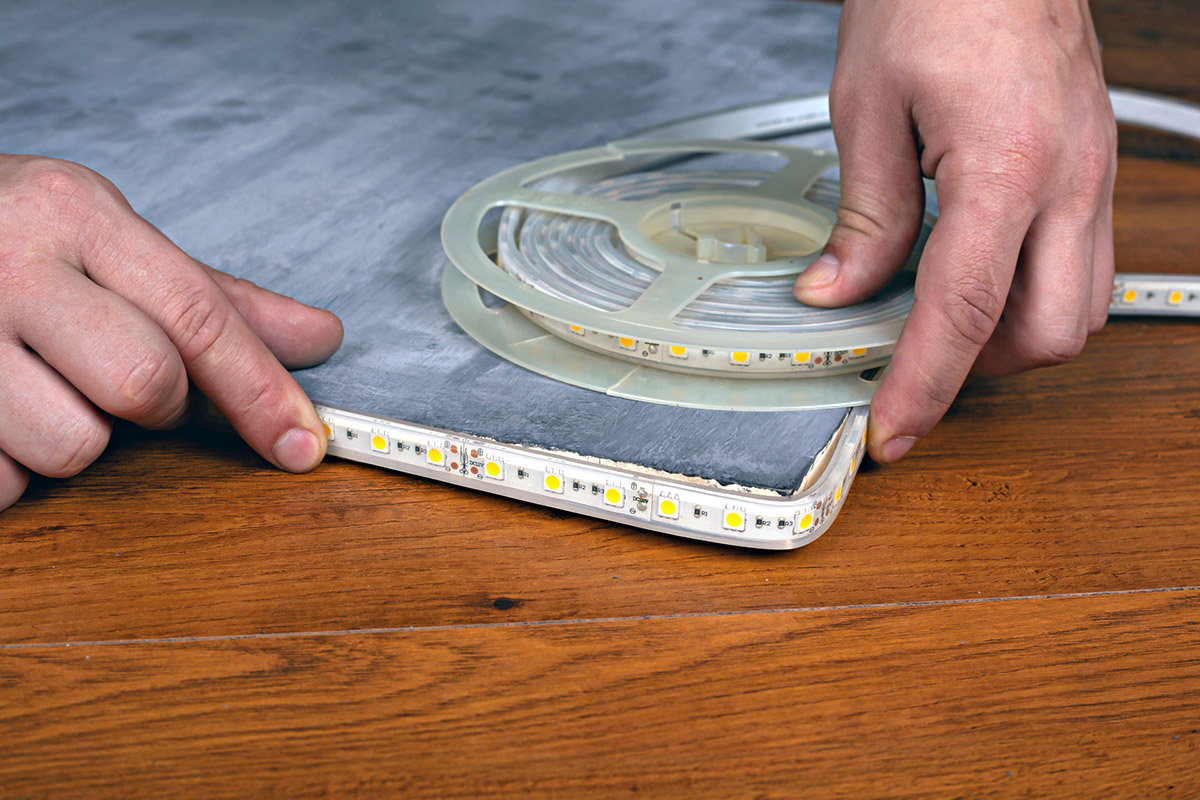

0 thoughts on “How To Connect LED Strips Together Without Connectors”